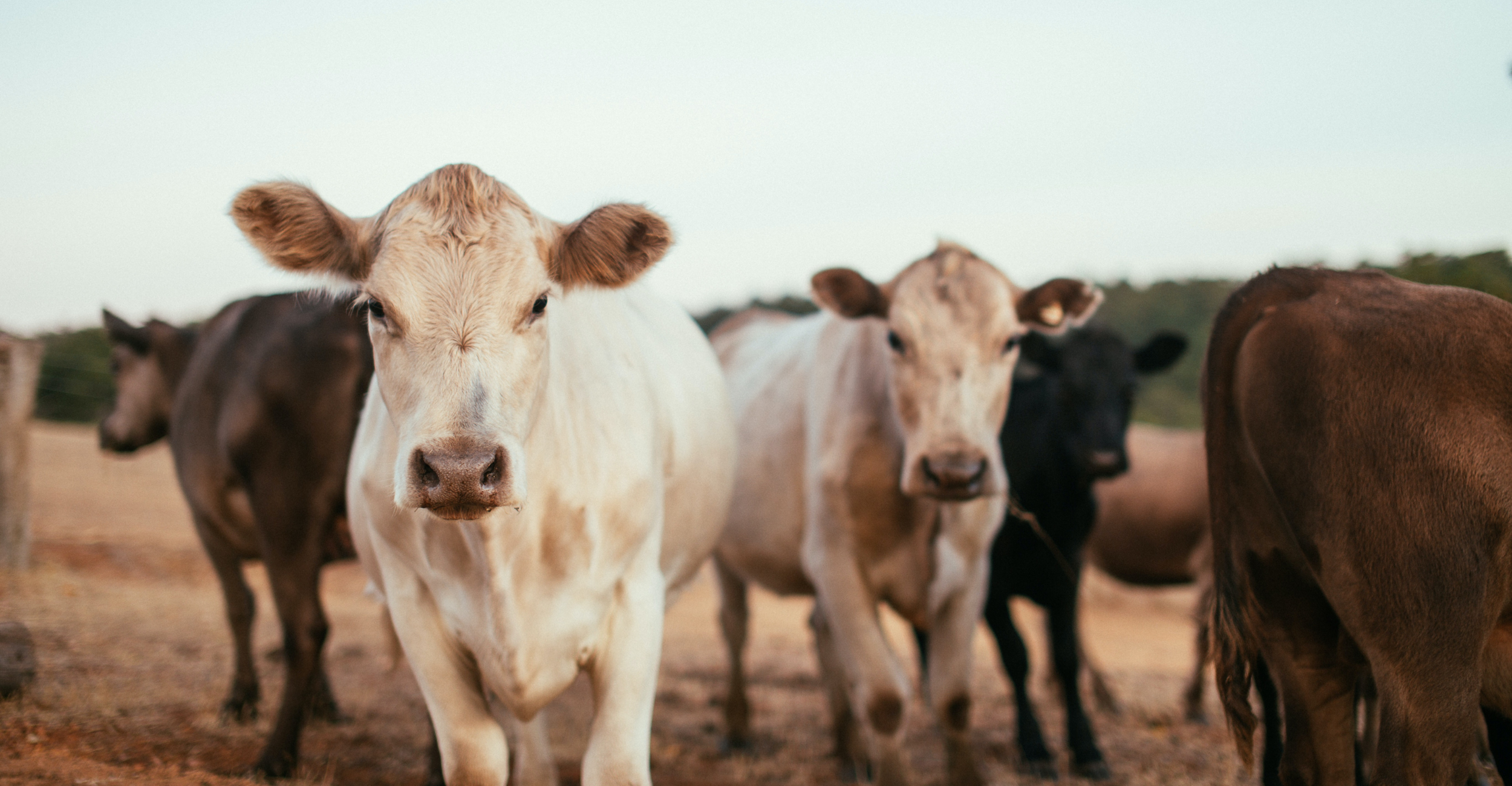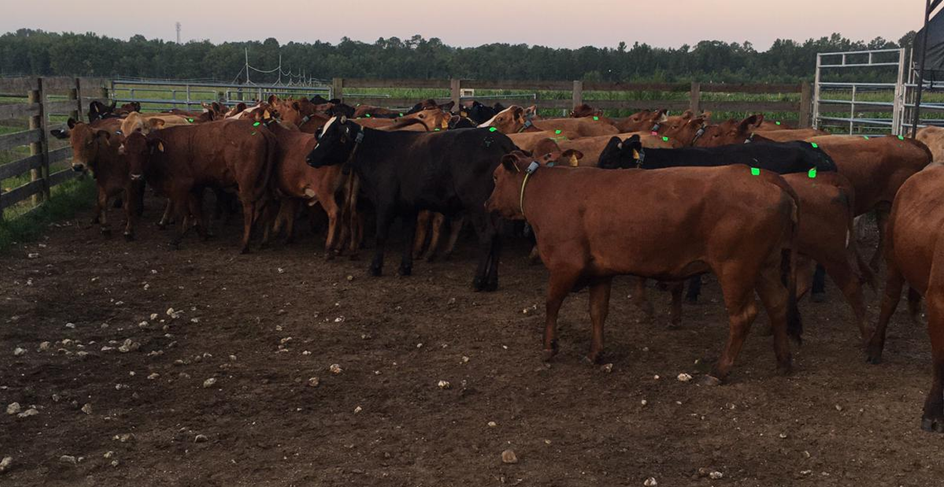Getting cows bred and keeping them pregnant is key to capitalizing on the record cattle…
An Opportunity for Male Sexed Semen
Sexed or gender sorted semen has now been commercially available for beef and dairy cattle in the US for several years. Most of the sexed semen sold in the U.S. is “heifer” semen used for the purpose of producing genetically superior females. USDA reported that all heifers over 500 lbs. on January 1, 2022 totaled 19.8 million head. Beef replacement heifer numbers as of January 1, 2021 totaled 5.61 million head. Since steers are more feedlot efficient and have heavier carcass weights, industry efficiency could certainly be improved by skewing the number of “commercial” heifers produced in the direction of producing more steers.
The industry has been trending in the direction of higher value for steers compared to commercial heifers for several years. Two sources of data support this statement. The trend for increasing value of steer calves compared to commercial heifers has been happening for several years (Superior Livestock Database–Table 1). Note that the price advantage for steers compared to commercial heifers was $6.83/cwt in 1995, was $10.68/cwt in 2010, and was $18.47/cwt in 2021. Another data source for this question is the Focus on Feedlots program at Kansas State University. For this program, data is collected monthly from commercial feedlots in western Kansas. In Table 2, feedlot performance information is shown for the closeouts on August 2022 and August 2017. Note that for August of 2022, the average cost of gain was $12.77/cwt higher for heifers than for steers, while the August of 2017 closeouts showed that the average cost of gain was $5.66 higher for heifers than for steers. This is largely due to the higher price of corn ($8.69/ bushel for August 2022 and $3.91/bushel for August 2017). Another factor is increasing final weight. Steers can be fed to heavier final weights, have higher average daily gain, better feed efficiency and lower death loss. The increasing value of steer calves relative to heifers provides a potential opportunity to add value to the calf crop by increasing the percentage of steer calves produced.
The Odde Experience
Our ranch is located in north central South Dakota. The operation has about 500 Angus-Simmental cows. The focus on the female side is to maximize maternal heterosis and focus selection on longevity and fertility.
Tables 3 (heifers) and 4 (cows) show the A.I. pregnancy results for the years 2019, 2021 and 2022.
There were 391 yearling heifers used in this field trial. The 391 yearling heifers were estrus synchronized using MGA-PGF2α. Heifers were fed Melengestrol Acetate for 14 days at 0.5 mg/hd/ day. Nineteen days after the last day of MGA feeding, heifers were injected with 25 mg of PGF2α. ESTROTECT™ patches were applied at the time of injection and heifers were observed for signs of estrus every four hours for the next five days. Heifers were inseminated at 15-28 hours after the onset of estrus.
The A.I. pregnancy rate (percentage pregnant of those in the group) ranged from a high of 63.4% to a low of 52.0%. The average A.I. pregnancy rate for the yearling heifers was 56.8%.
Cows were estrus synchronized using Co-Synch plus a CIDR®. Cows were injected with GnRH and a CIDR was inserted. Seven days later, the CIDR was removed and an injection of 25 mg of PGF2α was administered. Cows were inseminated at approximately 70 hours post CIDR removal for the FTAI groups. For the STAI group, cows with activated ESTROTECT patches were inseminated at approximately 70 hours post PGF2α injection. Cows that did not have activated ESTROTECT patches at 70 hours were inseminated at 90 hours and were also injected with GnRH at that time (STAI). In 2021, 102 of the cows were synchronized with 7&7 Synch.
The A.I. pregnancy rate in cows ranged from a low of 44.9% to a high of 52.2%. The average A.I. pregnancy rate for cows was 45.9%.
All cows and heifers were ultrasounded for pregnancy at approximately 60 days after artificial insemination.
Summary
Male sexed semen has the potential of skewing the calf gender in the direction of more bull calves. Both the Superior Livestock data and the Focus on Feedlots data document the increasing value of steer calves compared to heifer calves. This could potentially increase the value of the calf crop. This value difference growth is driven by high feed costs, especially corn and increasing carcass weights.
Sexed semen results have historically been about 10-15% lower than with conventional semen. Our average A.I. pregnancy rate for heifers was 56.8% and our average A.I. pregnancy rate for cows was 45.9%.
This opportunity, while present, would certainly grow with improved fertility and continued trends for increasing feed costs and carcass weights.
Source:
- Source: Select Sires 2023 Spring Sire Directory
- Date: 2/22/2023
- Link: https://issuu.com/selectsiresbeef/docs/2023_spring_sire_directory/52



